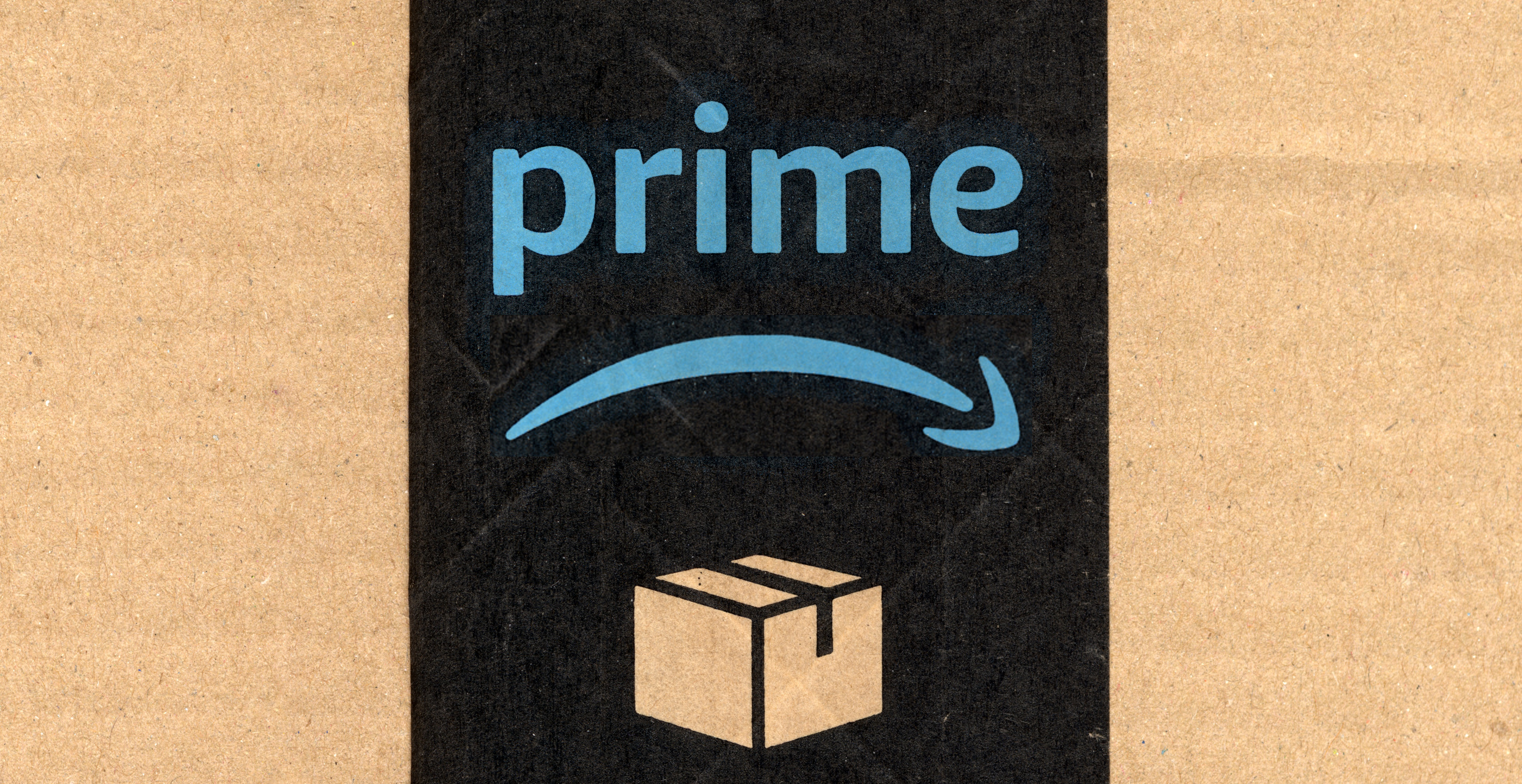
Truth time: Have you done this (because I have)?
You’re in a store shopping for something – a pair of shoes, a TV, a grill. Maybe there are no salespeople around to talk to, so you whip out your phone and price the exact same item on Amazon or another e-commerce store. And if the price is lower, you order it online and make a beeline out of the store.
Over the weekend, I read a piece from consultant Lance Ulanoff: “Amazon rules the retail universe because we let it” that catalogs a mediocre retail experience that goes a long way toward explaining why Amazon in general, and Prime Day specifically, are such home runs. When I forwarded Lance’s story to Paul, he was calm…at first. And then in Hulk-like fashion, the former sales manager took over and the rant began.
Fortunately, Paul calmed down long enough to pen the blog post below – smart and pragmatic steps local radio might consider taking before those Santa bell ringers start showing up outside strip malls. Problem is, will enough us be shopping in brick and mortar stores to support our local retail businesses? – FJ
By Paul Jacobs
I’ve been in radio long enough to be pretty immune to the doomsayers who predict the final collapse of the industry due to the latest competitor coming to eat our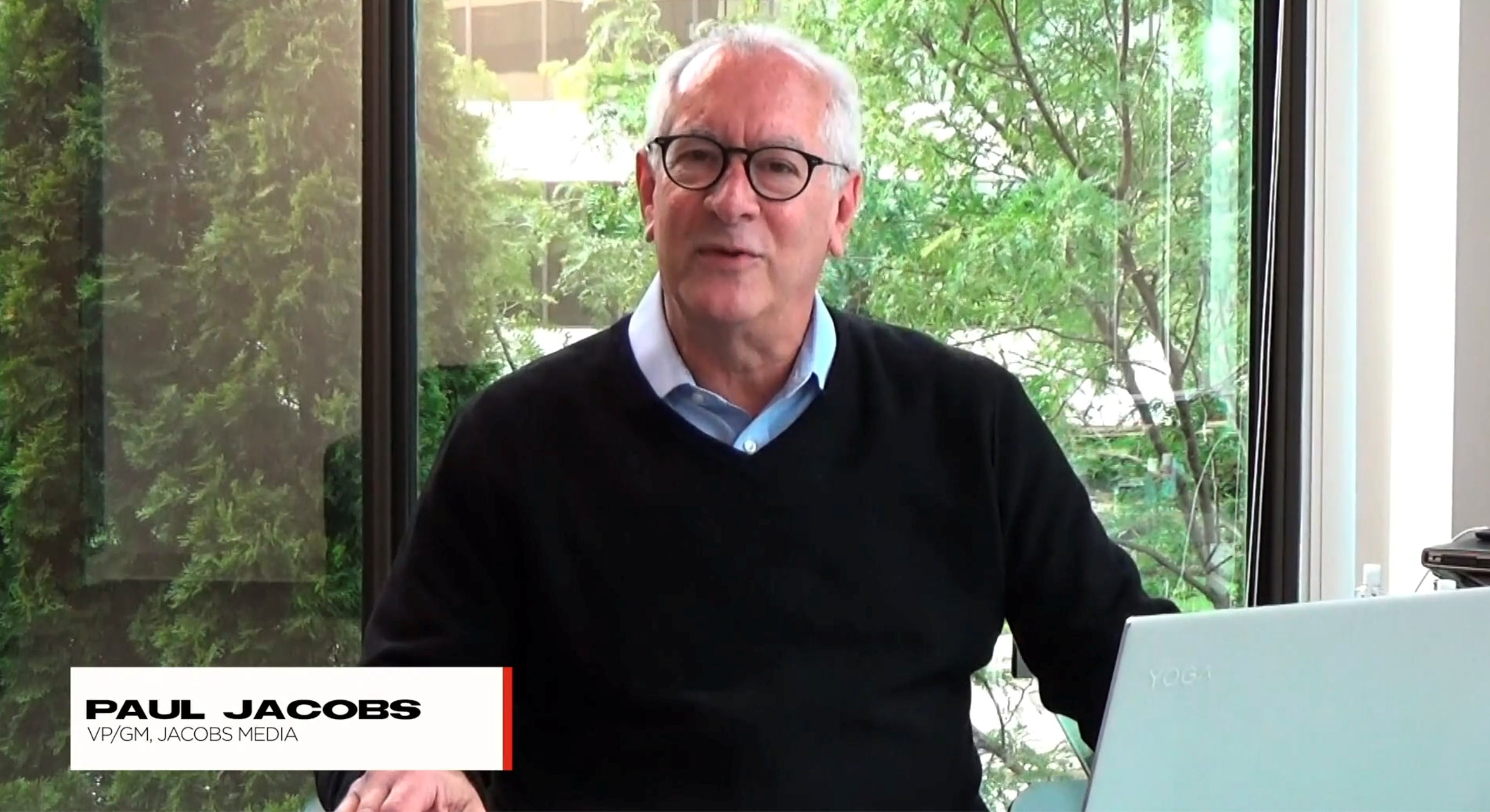 lunch – year in and year out.
lunch – year in and year out.
Back in the 80’s it was MTV and the compact disk that would kill the radio star.
In the 90’s, it was AOL and the Internet that would smash radio.
In the 00’s it was satellite radio and Facebook that would be the digital daggers.
In the 10’s it was Pandora and podcasts that would end up being silver stakes in radio’s heart.
And soon, it will be the metaverse and cryptocurrency.
Through it all, radio has somehow managed to survive. Not unscathed, but is in much better shape than some its traditional media brethren (think newspapers). As I was reminded when I saw “Spamalot” many years ago:
“Radio – not dead yet.”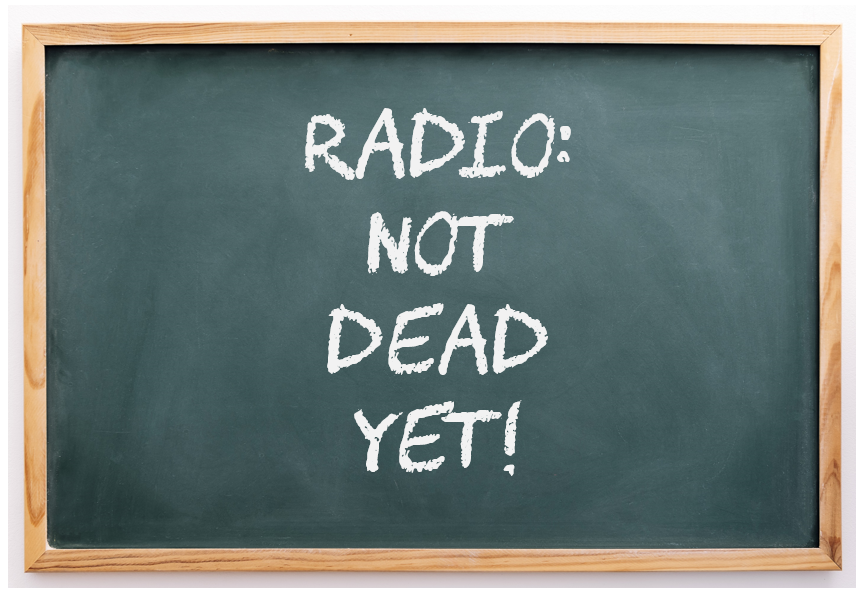
But it seems in the past few months, the walls are closing in a bit more than usual. Radio’s legacy position in the car is under attack, and as Fred wrote last week, SiriusXM is aiming its guns right at broadcast radio.
But there have always been companies going after radio’s listeners, and while some have chipped away, they haven’t toppled things (OK, except for some significant inroads with Millennials and Gen Z).
Late in June I wrote a post about the definition of insanity, warning the industry about the coming of this year’s wildly popular Amazon Prime shopping event. I also offered up some suggestions what broadcast radio stations could do to push back.
Well, this summer’s Prime sales blowout came and went last week, and some stations told me they went ahead and provided some free spots to local advertisers during Amazon’s big event. And the response was outstanding.
But the shift to online retailing and away from in-store shopping on Main Street or the mall is moving rapidly. CNBC reports this year’s Prime Day was a record-setter. Amazon sold over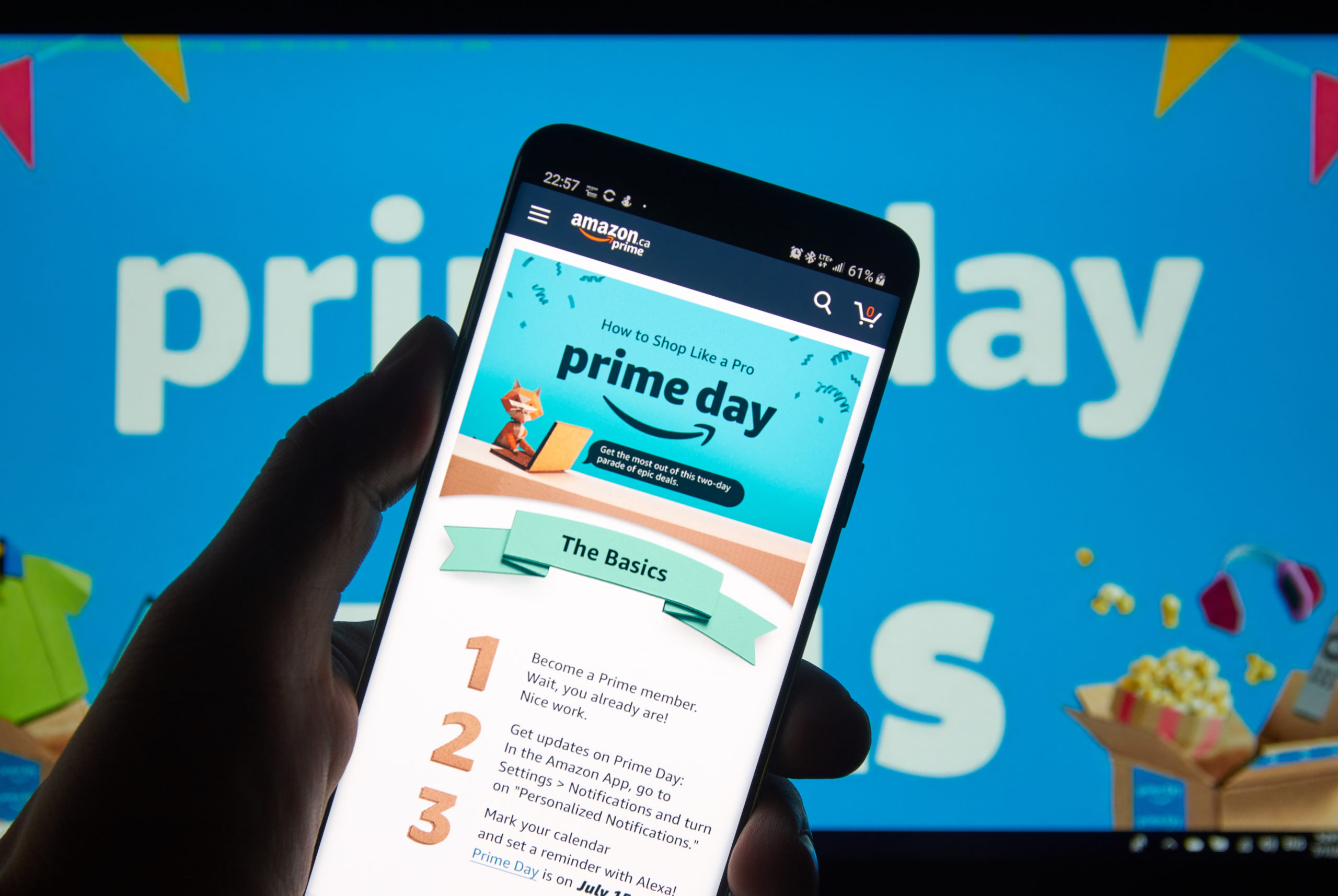 300 million items – up from 250 million in last year. That’s 20% growth year-over-year, a track record any retailer would be happy about.
300 million items – up from 250 million in last year. That’s 20% growth year-over-year, a track record any retailer would be happy about.
Amazon averaged selling a mind-boggling 100,000 items PER MINUTE on Prime Day. It turned out the top-selling categories were consumer electronics, home goods, and Amazon-branded devices.
(An aside: If your station doesn’t have an Alexa skill, you might want to get moving. And if you do, this would be a great time to promote it as those Amazon trucks are dropping off those Echo and Dot devices this week).
If you don’t think this is impacting the radio business, think again. Over the past few years, we’ve asked about online holiday shopping in our Techsurveys. In the newest 2022 edition, we learned a majority (53%) did all or most of their gift buying late last year online.
Thinking about Prime Day from a radio-centric point of view, this is a sobering stat for an industry dependent on local businesses and store traffic. While the percentage of frequent holiday online shoppers dropped a bit from its high in 2020 – when no one shopped in stores – it is still stronger than what we saw in previous years.
And that isn’t likely to change. The trend toward e-commerce was already robust pre-pandemic. But as shopping in holiday crowds became risky, online shopping reached new highs. And now that virtually everyone has experienced the convenience of pointing, clicking, ordering, and picking up boxes off the front porch, it’s hard to go back:
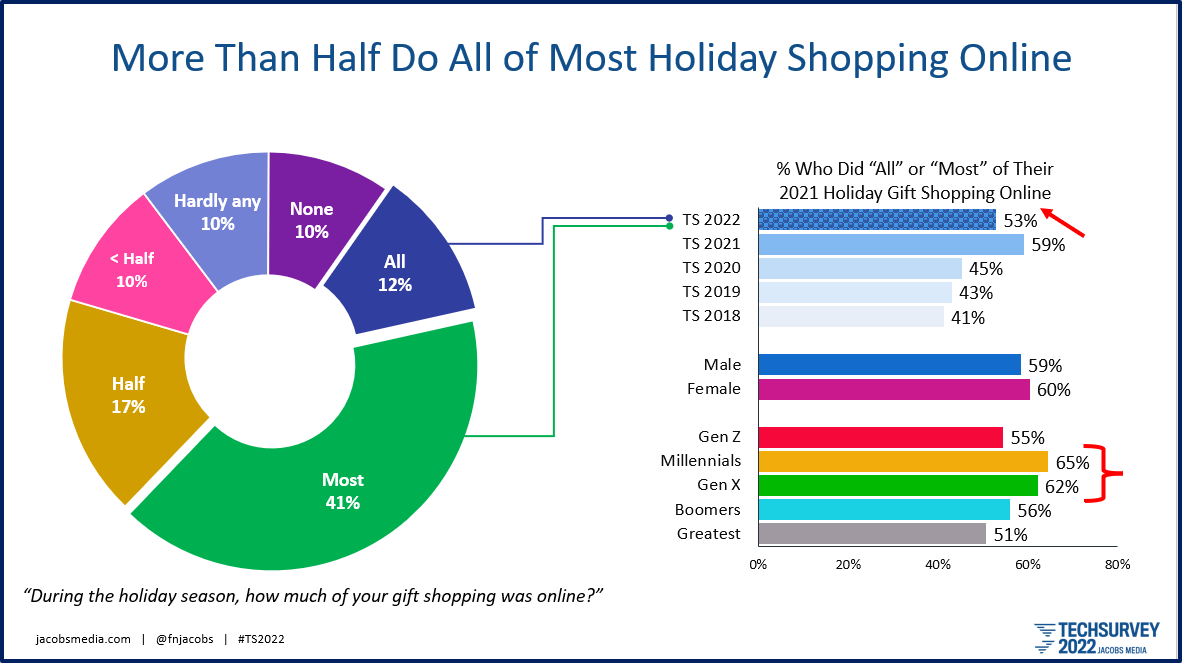
The implication of this seismic trend on the radio business is significant, especially in smaller markets where stations are dependent on the health and vibrancy of local retail businesses. These dollars are coming right out of the pockets of revenue radio stations depend on. If the trend continues, many will simply not be able to stay afloat.
So my advice to the radio industry is simple – go on offense now, or pay the price sooner rather than later.
Over the past several years, we have chided the industry for not speaking in one voice. This has, for example, hurt our position with the automakers. And while the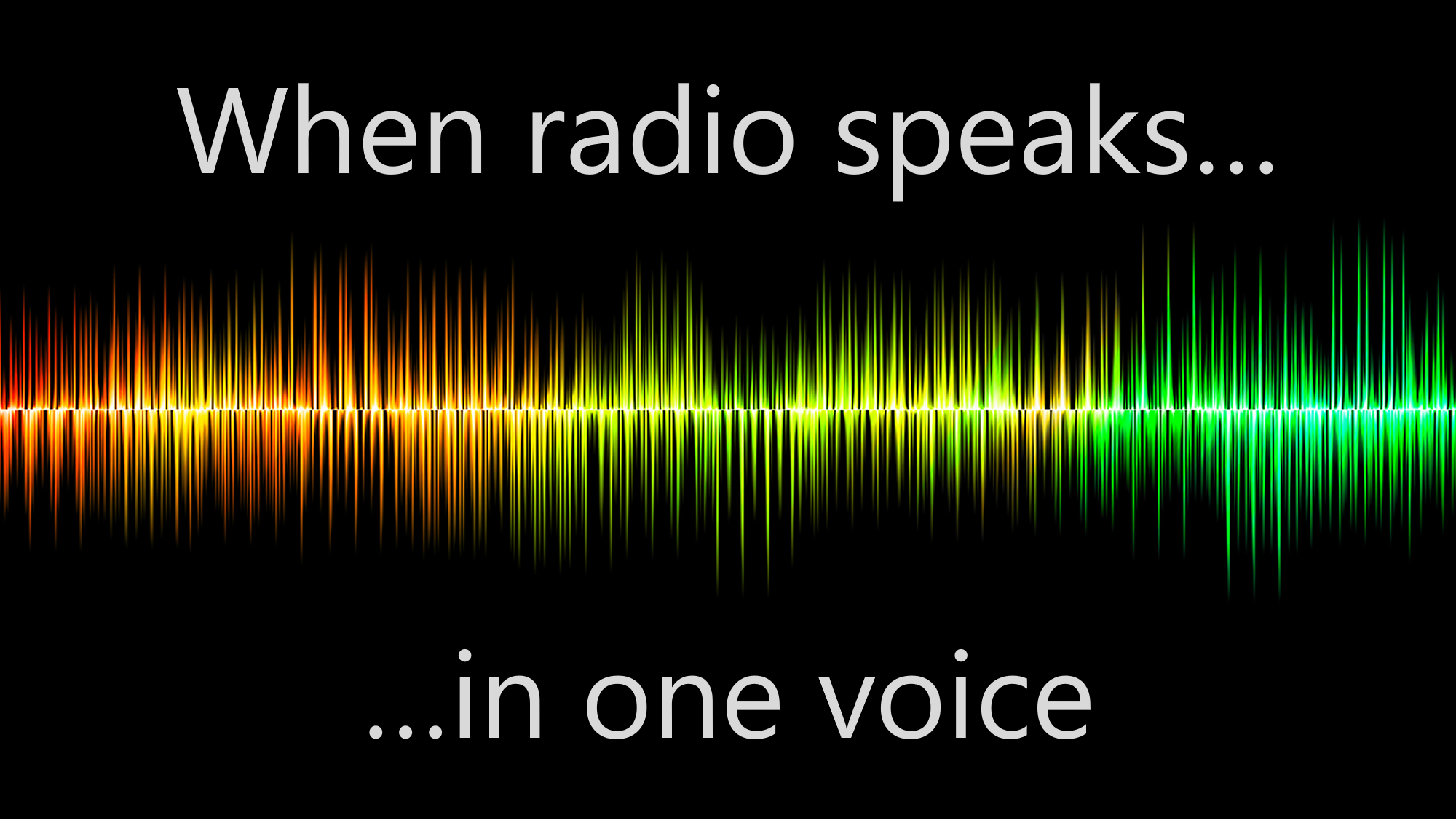 RAB has tried mightily to hang onto agency business, the radio industry needs an offensive battleplan to help preserve its local retail category. Otherwise, many are going to wither away, as customers decide to stay planted on their couches, buying everything from paper plates to wedding dresses to snow shovels, instead of heading to the mall, a strip center, or the downtown shopping district.
RAB has tried mightily to hang onto agency business, the radio industry needs an offensive battleplan to help preserve its local retail category. Otherwise, many are going to wither away, as customers decide to stay planted on their couches, buying everything from paper plates to wedding dresses to snow shovels, instead of heading to the mall, a strip center, or the downtown shopping district.
Radio needs a strategic plan rooted in partnering with the businesses that have been its partners for decades. This is about more than just running promos in unsold inventory, but creating viable partnerships with local businesses to help save them – and perhaps radio itself.
What should we be considering? Here are a dozen thought-starters that should go into motion soon to keep radio well-positioned as a partner to local businesses this coming holiday season:
1. At a high level, bring together radio’s leaders – especially the RAB – with organizations such as the National Retail Federation and National Automobile Dealers Association to compare notes and to forge strategies. Hopefully, this leads to an industry-wide initiative implemented by these groups, their members, and all broadcasters.
2. At the local level, meet with the Chamber of Commerce and Downtown Development Associations and have the same kind of meetings. Some cities have their own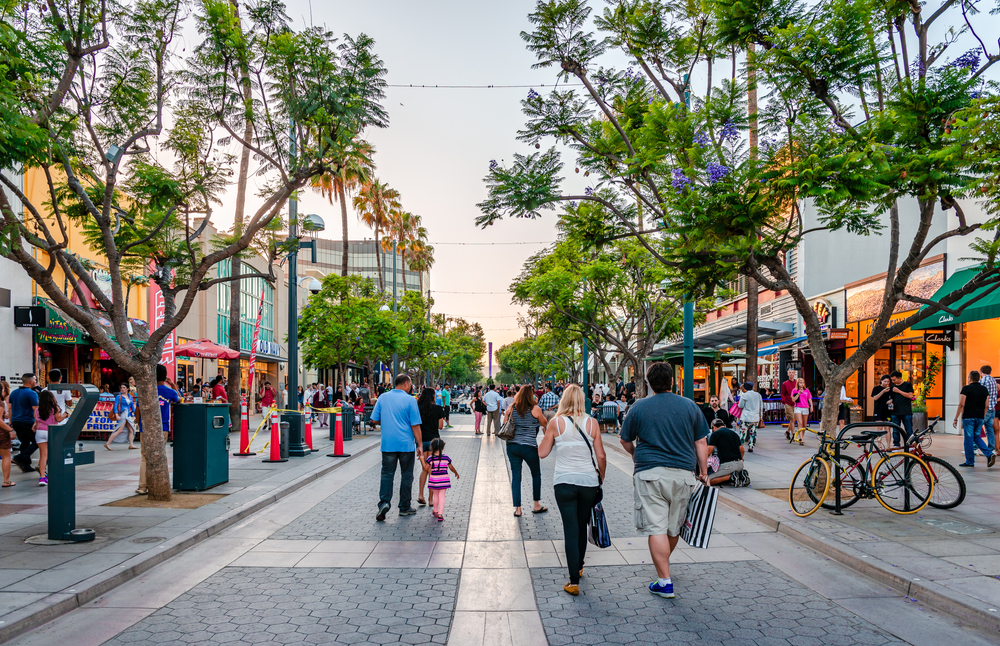 radio broadcast organizations that still function well. Here in the Motor City, for example, we have D.R.A.G. – the Detroit Radio Advertising Group. Some of our great S.B.A.’s – State Broadcasting Associations – can play a role here, too.
radio broadcast organizations that still function well. Here in the Motor City, for example, we have D.R.A.G. – the Detroit Radio Advertising Group. Some of our great S.B.A.’s – State Broadcasting Associations – can play a role here, too.
3. Public and Christian radio have a stake here, too. And they can be valuable partners. Their stations are often dependent upon local retail for underwriting and sponsorships. I’m writing this from the Public Media Development and Marketing Conference in Chicago. It is put on by Greater Public, the equivalent of the RAB on the public media side. There are more than 1,000 peoeple in attendance, precisely the types of gatherings where radio needs to take on big initiatives.
4. Run “shop local” promos on the air and on digital platforms, hopefully under a strong umbrella campaign. When you look at organizations like Stand Up To Cancer (which has strong presence at last night’s MLB All Star Game), you can see the power of creating a strong cause marketing effort.

5. Make use of all the resources. Borrell & Associates, for example, is committed to growing digital business on the local level. And they conduct impressive research studies that provide insights into how hometown ad dollars are spent. Gordon Borrell (pictured) would be more than happy to speak with interested groups.
6. Create a dedicated “shop local” page on each station’s website. Again, a unified look, logo, and campaign will help reinforce the local radio market is behind this initiative.
7. Better yet, create a local shopping guide as part of your mobile strategy (pictured). This may sound daunting, expensive, and tough to pull off, but there are turn-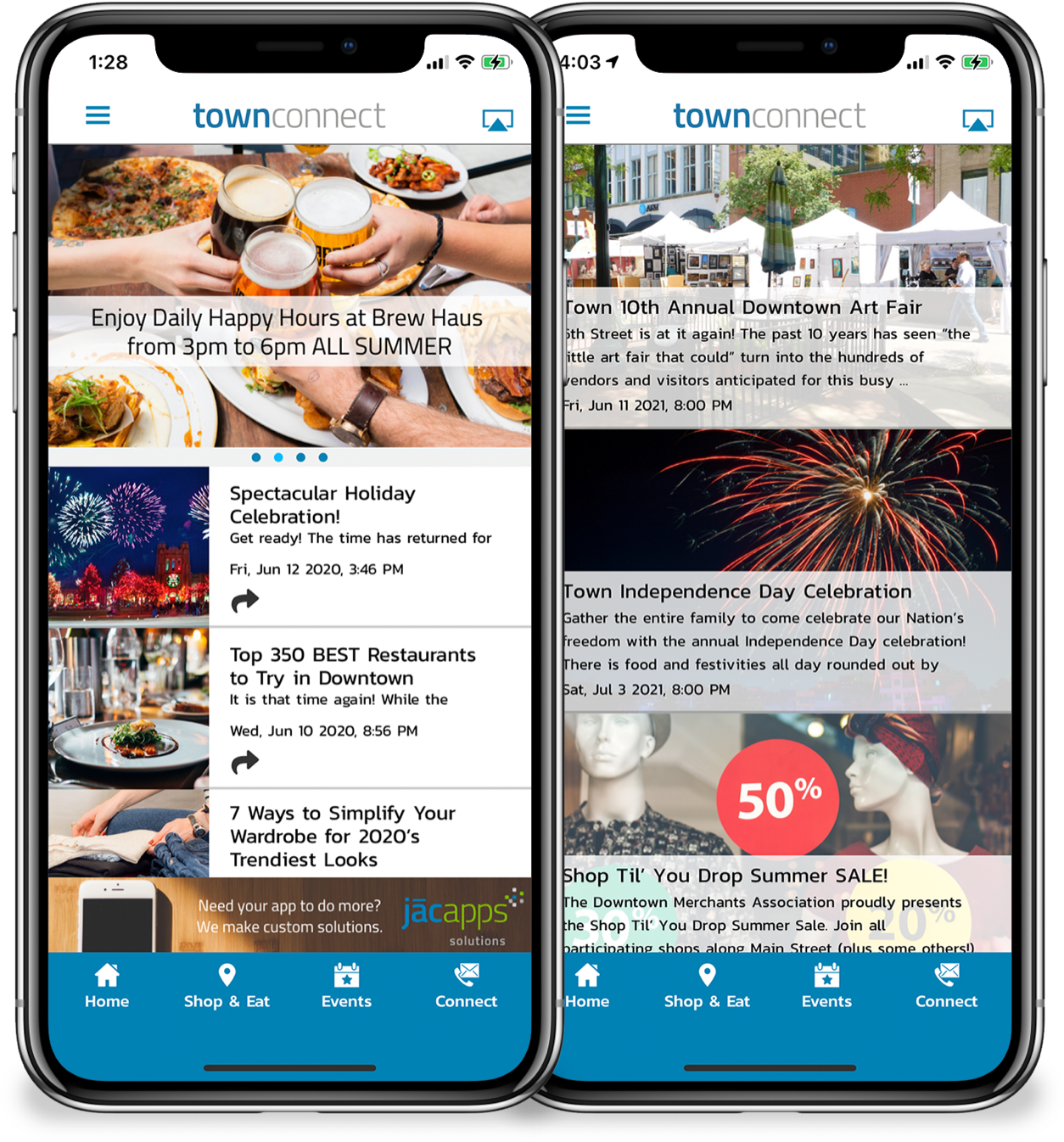 key ways to make it happen.
key ways to make it happen.
Our mobile app development company, jacapps has created a guide available in all of its radio apps to showcase local retailers. It’s a great way to aggregate local businesses into a station’s mobile strategies.
Not only can these mobile tools generate revenue (who wouldn’t want to be part of an app your station promotes0 they make it easy for your listeners to shop local. In the meantime, this helps put the local retail community on mobile phones, the audience’s device of choice. It win-win-win.
8. Build “My Favorite Things” promotions around station personalities and local malls and shopping centers. A female jock can have her top 10 list of favorite products and services – all available at participating stores and stops. And a male host can do the same. Stations can even create kids’ versions, using their family’s top gift ideas.
9. Shopping sprees work and make great prizes that always seem to garner local television coverage. Listeners love these challenges, and the promotion lends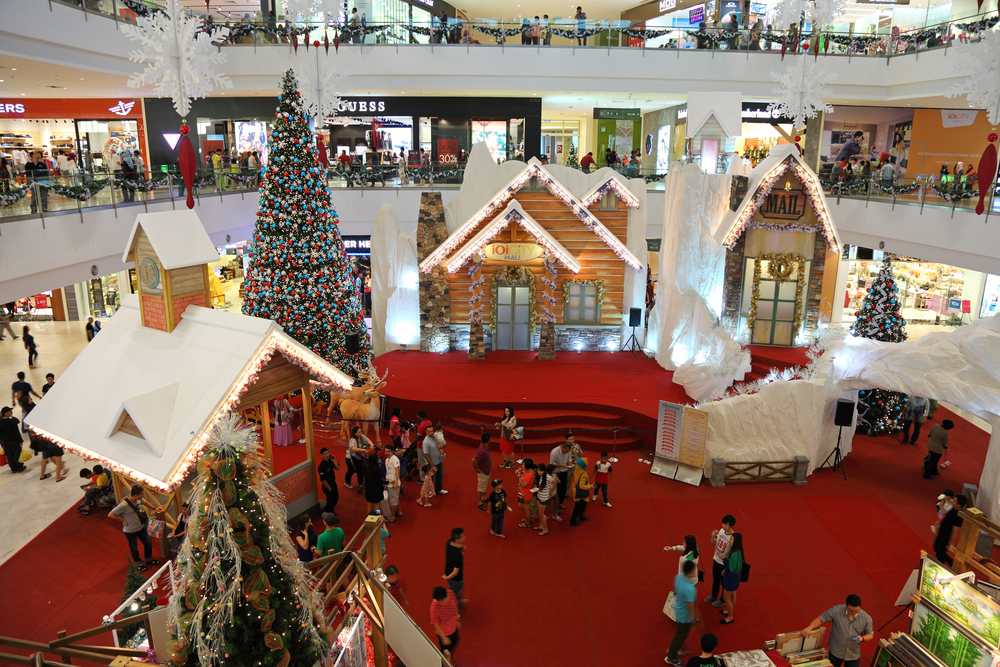 itself to highlighting local malls.
itself to highlighting local malls.
10. Take some retail space of your own. If there’s a vacancy in the mall (and there always is), negotiate a temporary station space/pop-up studio from Thanksgiving through Christmas where you can broadcast shows, sell merch, showcase the mall’s stores, and garner much-needed visibility to finish out the fall book in style.
11. Work with a mall or downtown shopping district to create a studio right near Santa and his entourage. For the 12 days of Christmas, a different station takes over the studio for a key shopping day. In this way, all participating stations get a dedicated day in the height of shopping season.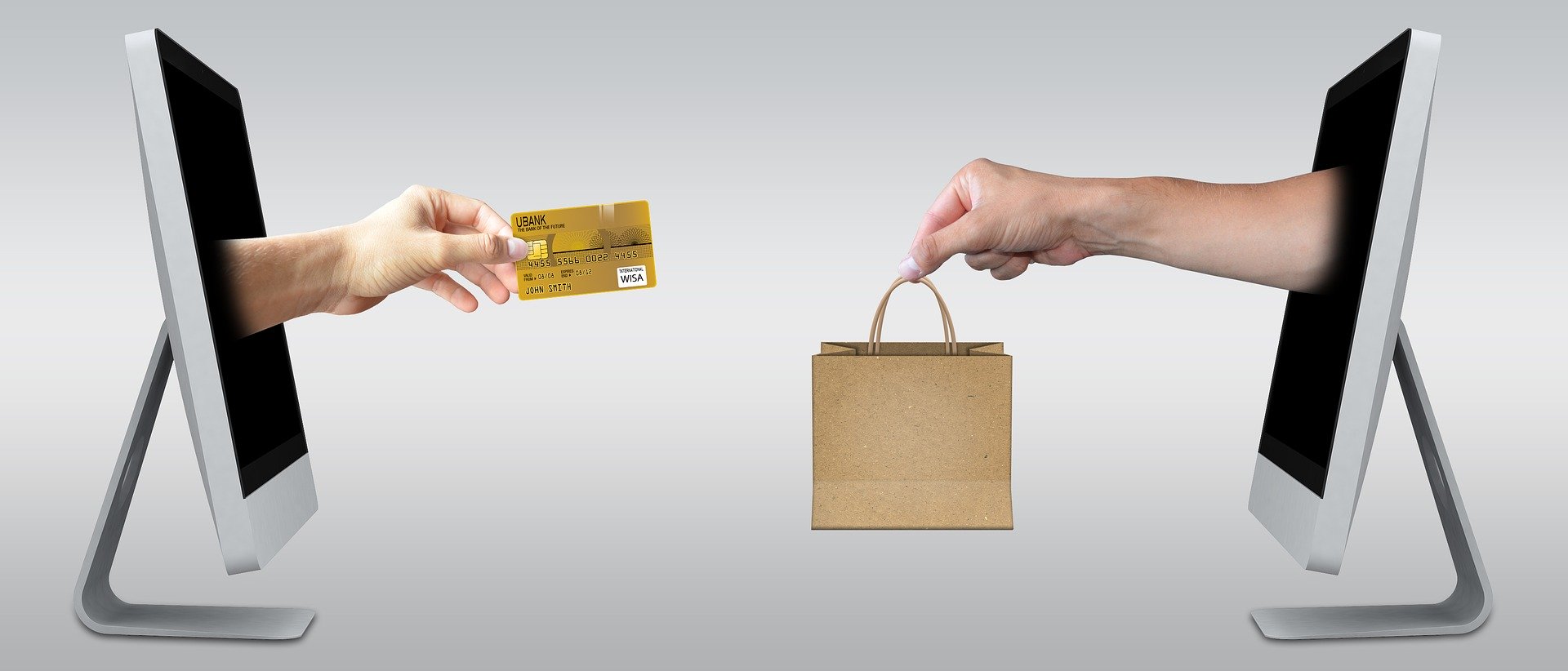
12. Partner with Shopify or another online shopping provider to host a local seminar that help retailers create their own online solutions. A local computer software firm might be just the answer. You can provide links to these sites on your website.
There’s 12 ideas, and I’m just getting warmed up.
To help keep local radio healthy and vibrant, hometown broadcasters will benefit from being proactive, rather than watching the trendlines in Techsurvey continue their pattern. Get in touch with me if I can help you come up with sales, mobile, or digital solutions to your community challenges.
In the meantime, keep focused on your local retail sales business because Christmas and the next Prime Day will be around the corner before we know it.
- The Revolution Will Not Be Monetized - December 30, 2024
- What Kind Of Team Do You Want To Be? - October 4, 2024
- The Revolution Will Not Be Monetized - August 20, 2024




Paul…all very constructive ideas. And if I could, let me throw another idea in the mix. Get local retailers to create QR codes for products. The QR codes could lead to ordering sizes unavailable in the store, more product information, or just an online order so you don’t have to lug the shopping bag around. For example: you see a book you’d love to have. Snap the QR code and it’ll be delivered to your front door. One of the unintended consequence of the pandemic is we became familiar with a 20 year technology (QR codes)…I thinks it’s a great tool. We should advocate for it…a blend of digital and analog.
Thanks for Jacobs Media’s advocacy for the business…!
Love the QR code idea – old technology put to great use in 2022.
Hope you are doing well, Jackson. Keep fighting the good fight.
If anyone thinks that #11 is impractical, the association that represents Mexico City’s commercial broadcasters oversees a small museum within a Metro station that includes a studio for the group’s member companies to share–although the actual broadcasts might still be on a pandemic-caused hiatus.
https://arvm.mx/museo-de-la-radio
Exactly! Thanks for sharing
Paul, you hit this one out of the park. Being an ally to local business with some actionable tactics like you’ve outlined is a great idea. Amazon and the other big online retailers are common competitors of radio and local retail and partnering against those big behemoths is a winner that can create a real, long lasting bond – one that can be measured and monetized.
Too often, the empty store that Fred described ends up being what triggers an online purchase – in the face of increasing competition, they seem to be providing incentives for their customers to go online to buy things. Hmm – cutting back on the single biggest reason people use you instead of your growing competitor – sounds a lot like what another business we know well is doing. Maybe some outside looking in analysis from a strategic partner will help radio and retail.
Bob, we are marching along the same path.
The other challenge is in radio, we tend to measure success by metrics from Miller-Kaplan – share of radio dollars. That worked fine when there were a handful of competitors (tv, outdoor, direct mail, newspapers). But as radio’s share of available dollars has shrunk, that metric no longer matters because its a race to the bottom.
There is so much ad revenue out there, but it requires looking at the business through a different lens. We aren’t fighting for share anymore – we are fighting for survival. Radio’s and retailers.
Time to strap it on and get ready for battle. it’s the only way to restore growth.